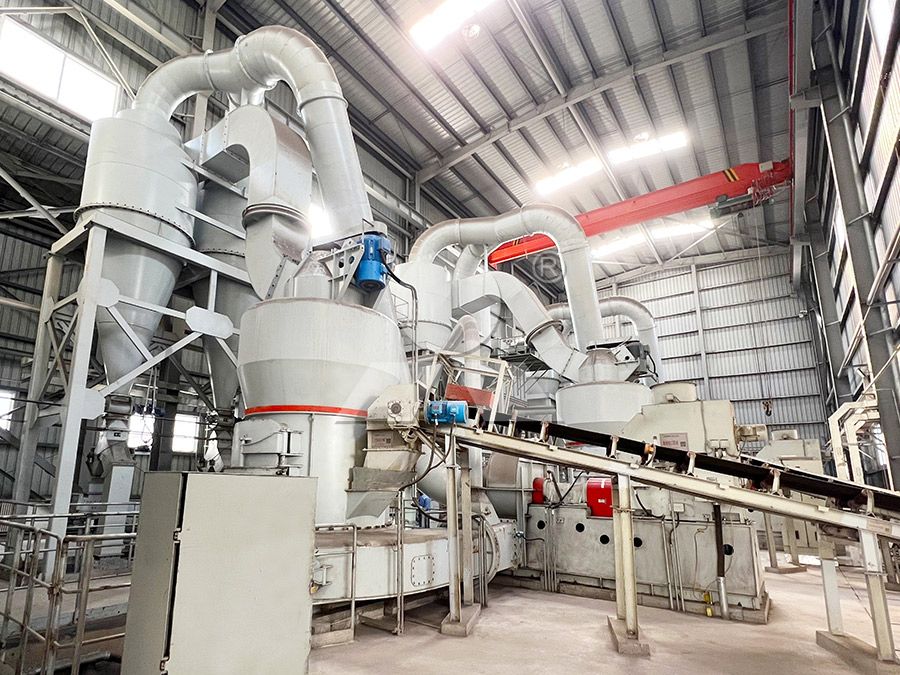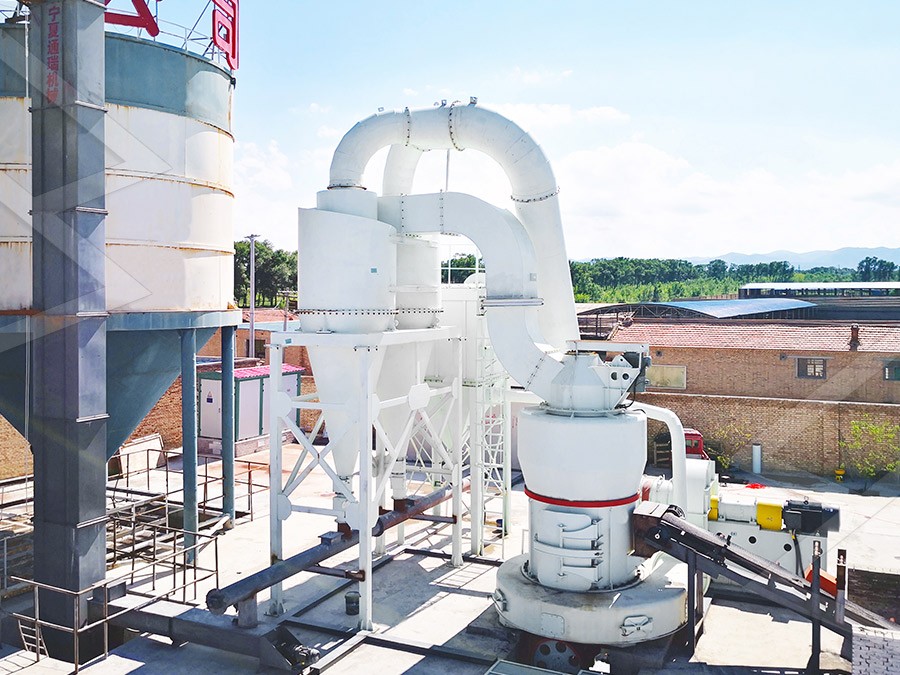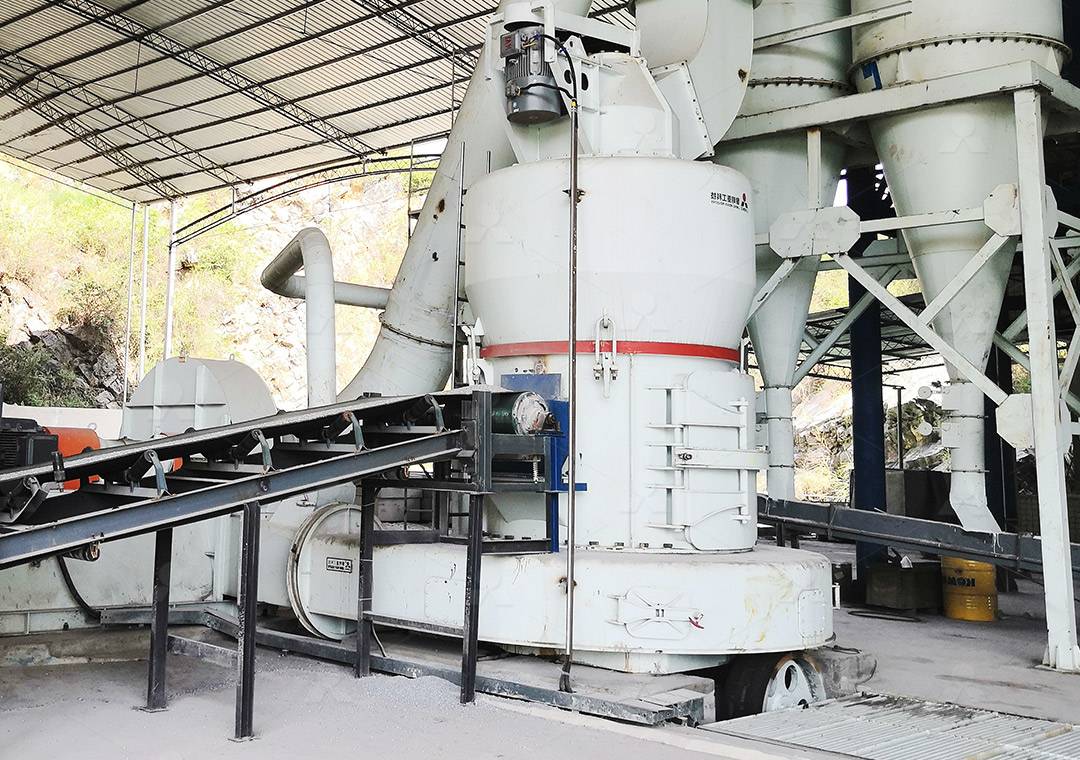High Efficiency Stone Powder Production with Three-Ring Medium Speed Grinding Mill
High Efficiency Stone Powder Production with Three-Ring Medium Speed Grinding Mill
In today’s competitive industrial landscape, achieving optimal efficiency in stone powder production has become paramount for businesses seeking to maximize output while minimizing operational costs. The three-ring medium speed grinding mill represents a significant technological advancement in this field, offering manufacturers a reliable solution for producing high-quality stone powders across various industries.

The Evolution of Grinding Technology
Traditional grinding methods often struggle to balance production capacity with energy consumption, leading to inefficient operations and higher operational costs. The three-ring medium speed grinding mill addresses these challenges through innovative engineering that optimizes the grinding process. This technology has revolutionized powder production by providing consistent particle size distribution while maintaining lower energy requirements compared to conventional systems.
The fundamental principle behind this technology involves three grinding rings that operate at medium speeds, creating multiple grinding zones that progressively reduce material size. This staged approach ensures thorough grinding while preventing excessive heat generation that can compromise material quality.
Key Advantages in Modern Applications
Modern three-ring medium speed grinding mills offer several distinct advantages that make them particularly suitable for today’s production requirements. Their ability to handle materials with hardness up to 9 Mohs makes them versatile across multiple industries, from construction materials to chemical production. The enclosed system design minimizes dust emissions, addressing growing environmental concerns while maintaining worker safety.
One of the most significant benefits is the precise control over final product fineness. Operators can adjust parameters to produce powders ranging from coarse to ultra-fine specifications, typically between 325 to 2500 meshes, meeting diverse application requirements without needing multiple processing systems.

Introducing the MW Ultrafine Grinding Mill
For operations requiring ultra-fine powder production, the MW Ultrafine Grinding Mill represents an excellent solution within the three-ring medium speed category. This advanced system is specifically engineered for customers who need to produce ultra-fine powder with exceptional consistency. With an input size capacity of 0-20 mm and production rates ranging from 0.5 to 25 tph, this machine adapts to various production scales.
The MW Ultrafine Grinding Mill incorporates several innovative features that set it apart from conventional systems. Its newly designed grinding curves for the grinding roller and ring significantly enhance grinding efficiency. Comparative studies demonstrate that with identical fineness and power consumption, the production capacity exceeds that of jet grinding mills and stirred grinding mills by 40%, while delivering twice the output of traditional ball grinding mills.
What truly distinguishes this system is its energy efficiency – the MW Ultrafine Grinding Mill consumes only 30% of the energy required by jet grinding mills. This substantial reduction in energy requirements translates to significant operational cost savings while maintaining high production standards.
Technical Innovations for Enhanced Performance
The cage-type powder selector, incorporating German technology, ensures precise powder separation accuracy. The optional multi-head cage-type powder selector can be configured according to specific production requirements for yield, fineness, and sieving rate. The system achieves remarkable screening efficiency, reaching d97≤5μm in a single pass.
From a maintenance perspective, the MW Ultrafine Grinding Mill eliminates common concerns through its innovative design. The absence of rolling bearings and screws within the grinding chamber prevents issues related to bearing damage or loose fasteners. The external lubrication system enables continuous operation for up to 24 hours without shutdowns for maintenance.

Environmental Considerations and Operational Efficiency
Environmental compliance has become increasingly important in industrial operations. The MW Ultrafine Grinding Mill addresses this through its integrated efficient pulse dust collector, which ensures dust-free operation throughout the milling process. Additional noise reduction features, including silencers and noise elimination rooms, maintain operational noise at acceptable levels, creating a better working environment while meeting stringent environmental standards.
The digital manufacturing processes employed in production ensure high precision, particularly for core components. With dozens of numerical control machine lines handling cutting, bending, planing, milling, and painting operations, the resulting equipment delivers reliable performance and extended service life.
Frequently Asked Questions
What materials can be processed using three-ring medium speed grinding mills?
These grinding mills effectively process various materials including limestone, calcite, dolomite, petroleum coal, gypsum, barite, marble, talc, and coal powder. They’re suitable for applications in chemical industries, paint production, cosmetics, pharmaceuticals, and food additives.
How does the MW Ultrafine Grinding Mill achieve energy savings?
The MW Ultrafine Grinding Mill reduces energy consumption by 70% compared to jet grinding mills through optimized grinding curves, efficient powder separation technology, and reduced system resistance. The innovative design minimizes energy loss while maximizing grinding efficiency.
What maintenance requirements should operators expect?
Maintenance requirements are significantly reduced due to the absence of rolling bearings and screws in the grinding chamber. The external lubrication system allows for maintenance without production stoppages. LIMING provides comprehensive technical support and original spare parts to ensure worry-free operation.
How does the environmental performance compare to traditional systems?
The integrated pulse dust collector ensures virtually dust-free operation, while noise reduction features maintain sound levels within regulatory limits. The entire system operates in compliance with national environmental protection standards, making it an environmentally responsible choice.
What production flexibility does the system offer?
Operators can adjust product fineness between 325-2500 meshes to meet specific application requirements. The production capacity ranges from 0.5 to 25 tph, allowing scalability based on production needs without compromising product quality.
